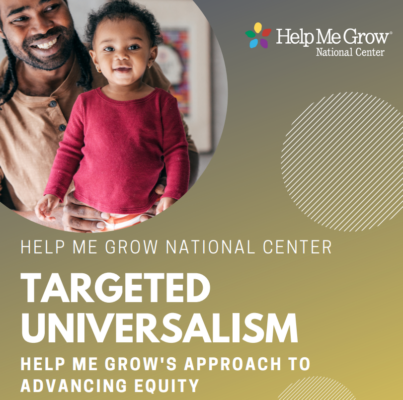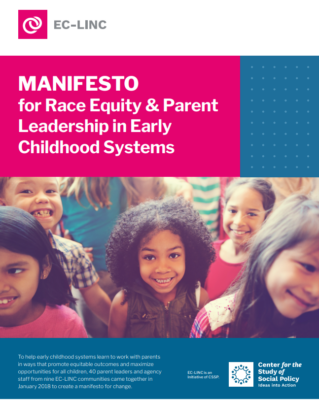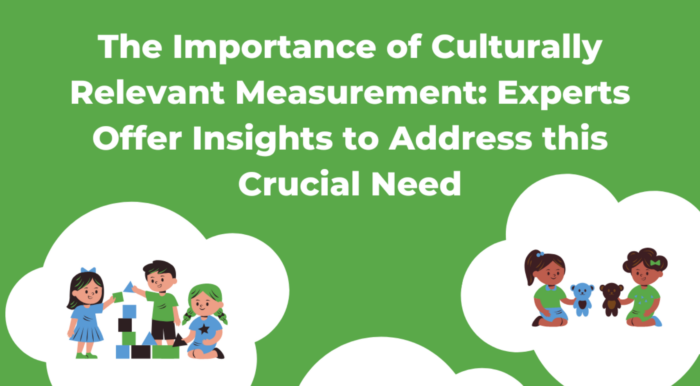What Does it Look Like to Equitably Engage People with Lived Experience?

It is important to engage people with lived experience in ways that value their insights and do not cause harm. This tool describes different components of ideal engagements with people with lived experience and contrasts them with components of inequitable engagements. Components are provided in the areas of trust building; diverse groups of people with lived experience; equitable compensation and other benefits; orientation, background, and preparation for both people with lived experience and staff; and accessibility. The tool can be used to identify strengths and opportunities for making team engagements more equitable.
This tool is available for both public and private partners in an effort to increase collaboration and share promising practices. Potential audiences include, but are not limited to, state and local governments, tribal governments, and other private or nonprofit organizations focused on programs and policies relating to health and human services.

What Does it Look Like to Equitably Engage People with Lived Experience?
Assistant Secretary for Planning and Evaluation (ASPE) • aspe.hhs.gov






